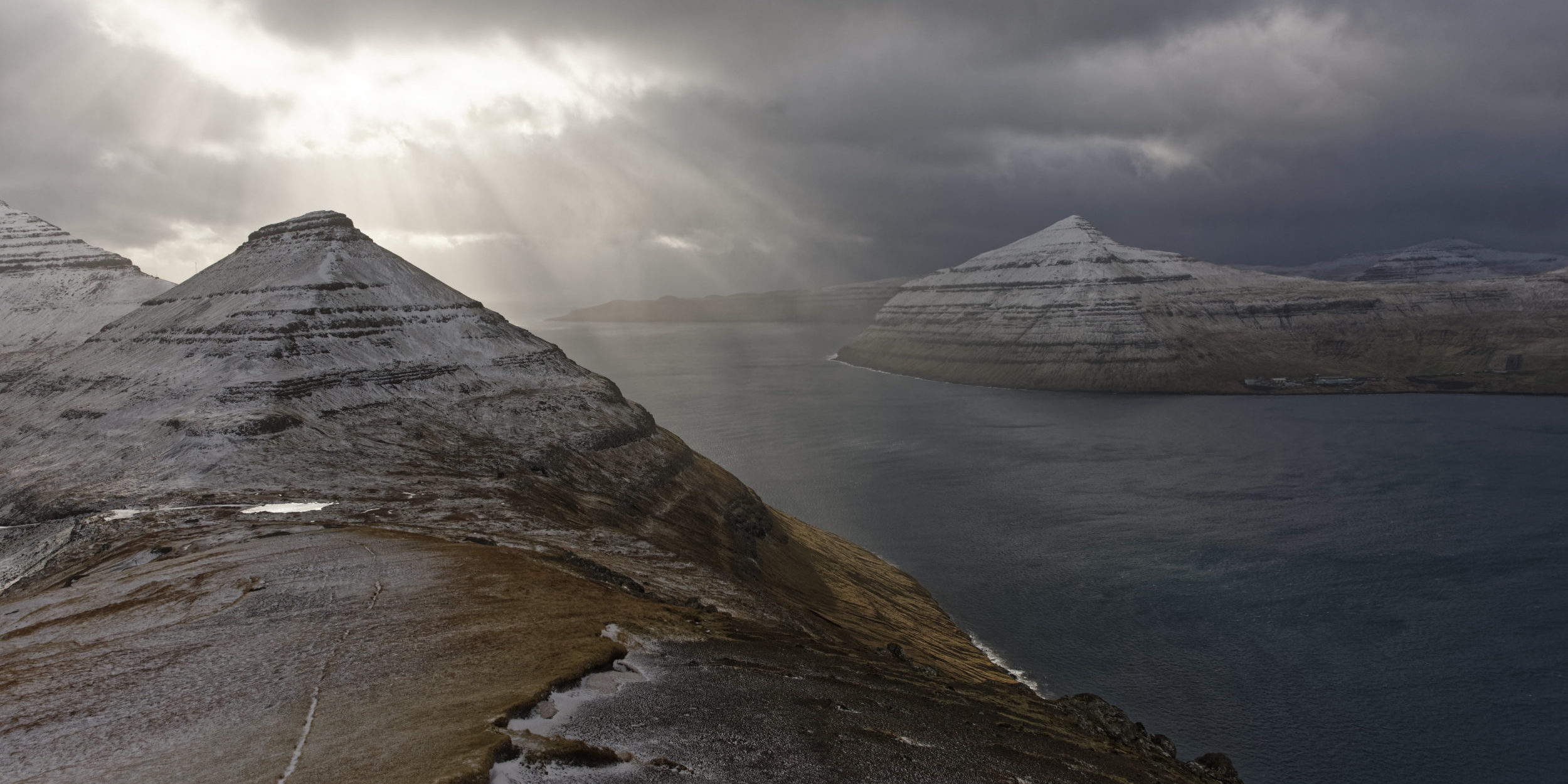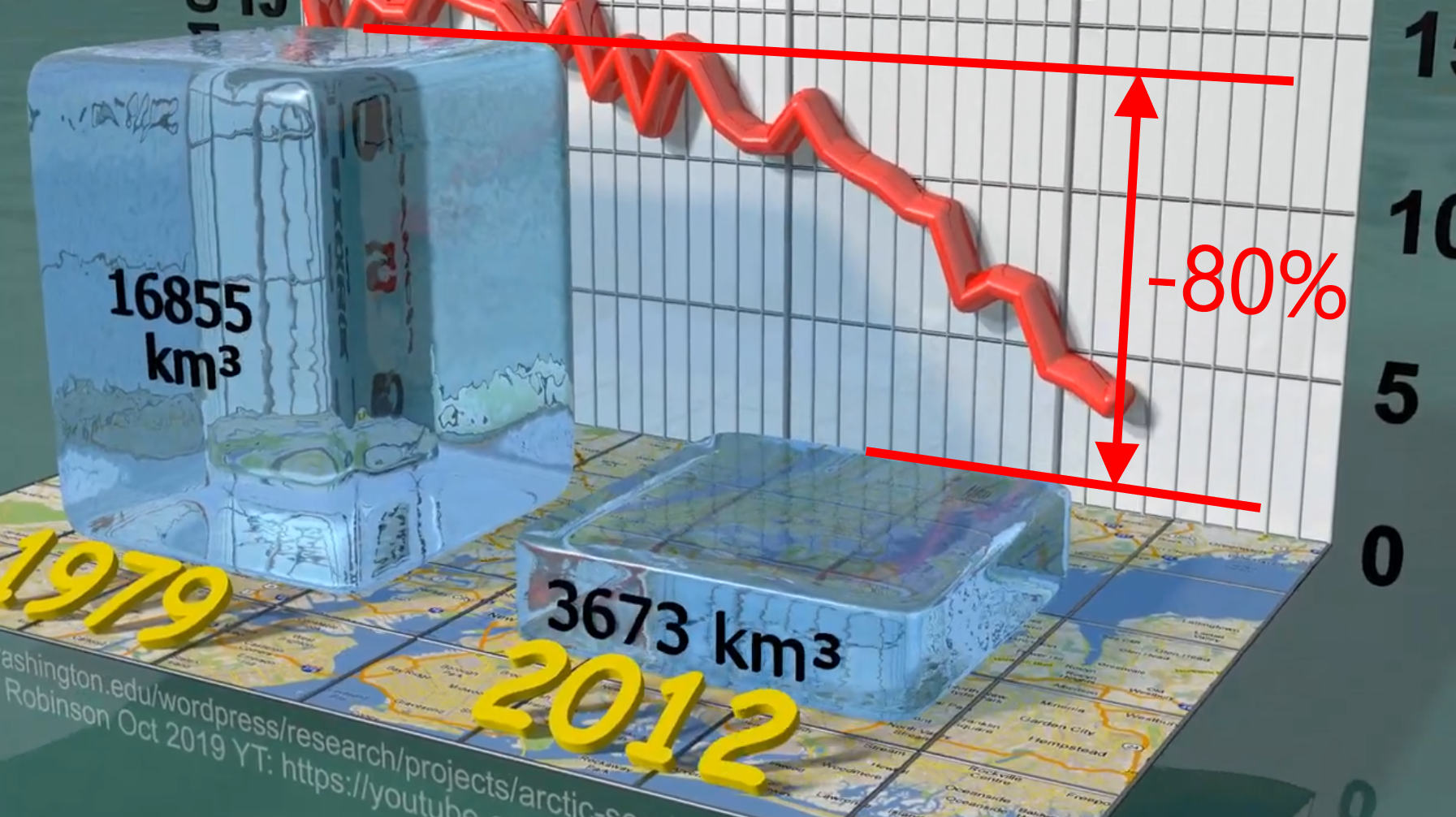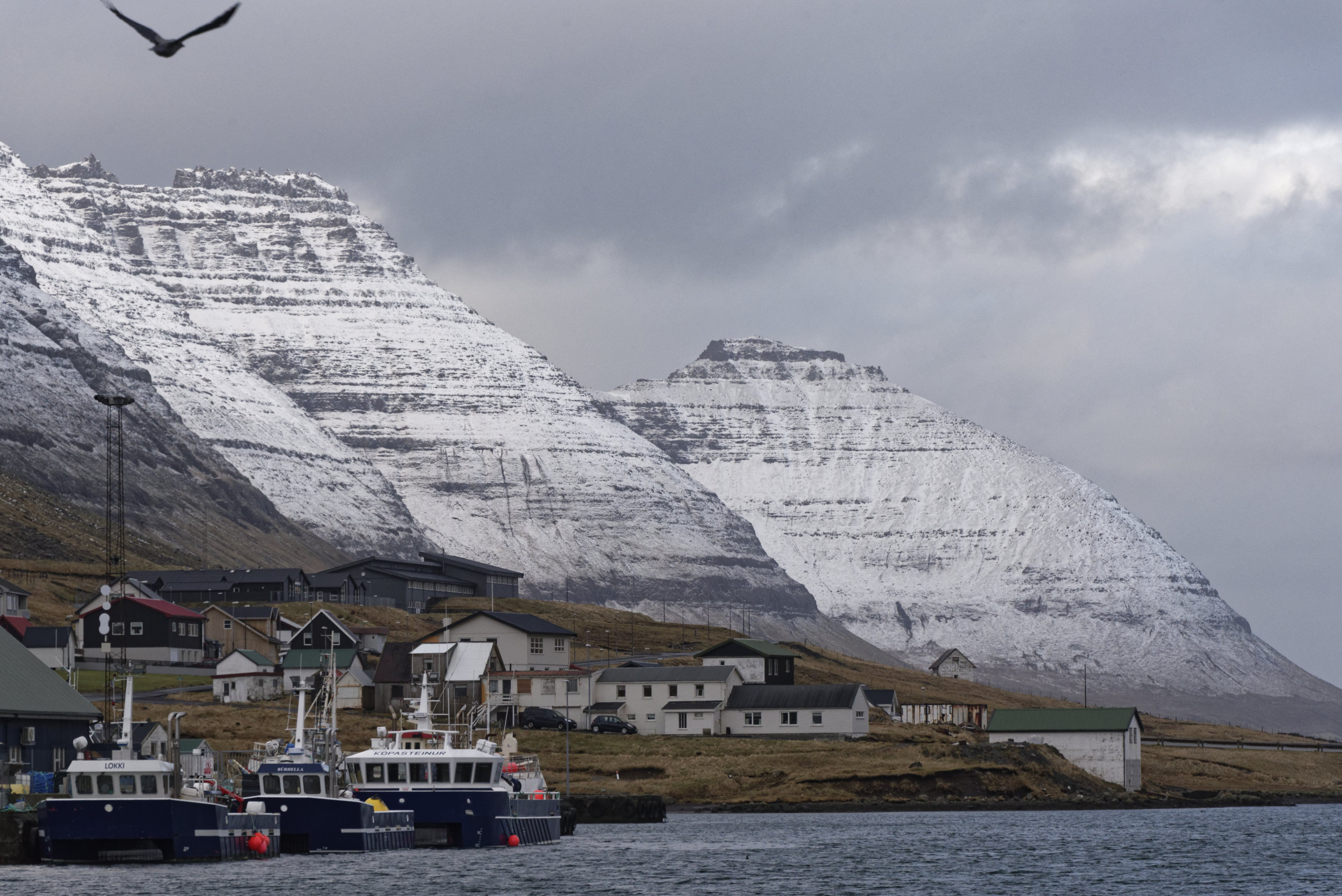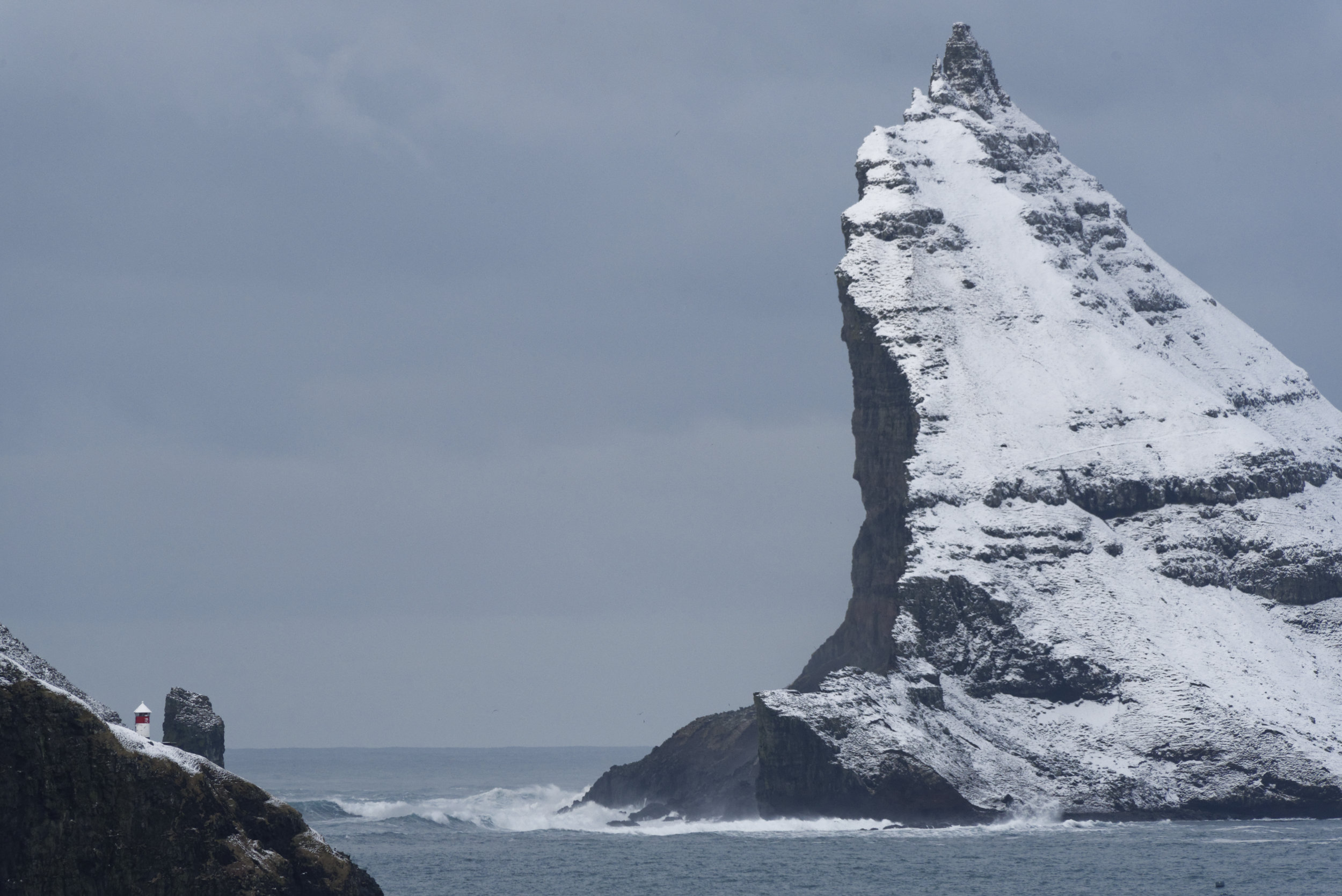We – Christoph Ruhsam and Wolfgang Schöner (APRI board member and professor at University of Graz) – were invited as speakers at the Faroese cultural TORRADAGAR – the days when the fish returns for spawning. It is the cultural Winter highlight of the Northern Islands in the Faroese fishing capital Klaksvik. This week in February gave also a vivid sign of life in a rather harsh environment: days become longer, Winter is coming to an end, Spring is not too far away, life vibrates.
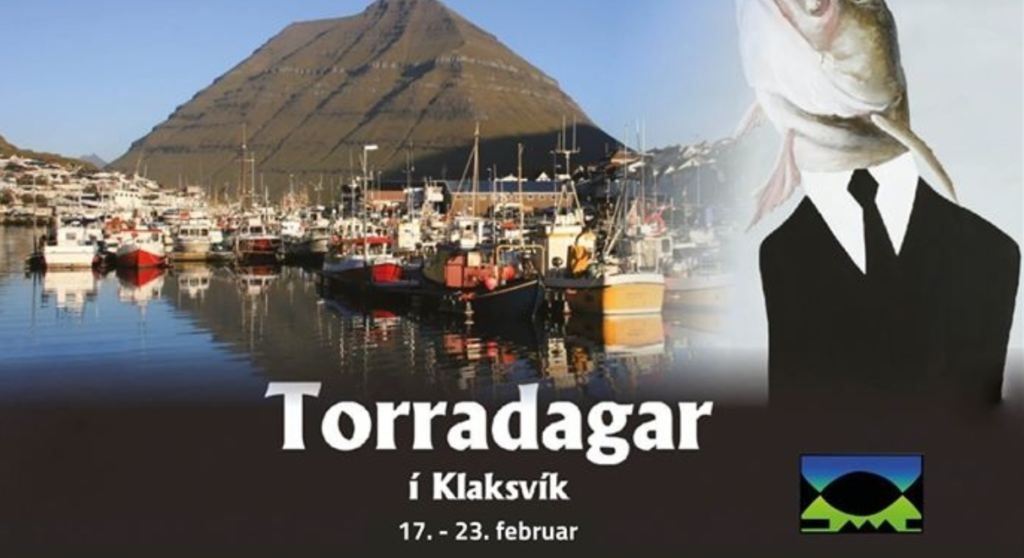
Warm welcome
When we arrived at the small Vagar airport we immediately experienced the Faroese kind way of treating guests by being awaited by the taxi driver to bring us in a 80 mins. drive to Klaksvik. The magnificent islands with snow covered rugged table mountains have taken our breath when we drove along the many fjords. The two subsea tunnels gave us another extraordinary experience: steep two-lane roads took us many hundred meters below sea level before going on the other side again steep up until being spit out into another mountainous fjord system. We stayed at a very cosy newly renovated BnB right in the city centre of Klaksvik and got all the attention and Faroese love from our dear friends Jorun og Per. Music concerts, art gallery visits and a reception at the Mayor of Klaksvik complemented our stay.
Torradagar talks
Our talks were on Tuesday evening where we had to fight a few hundred meters against the wind and rain from our BnB to the local school where the Arctic event was taking place together with the local politician Bill Justinussen and Malan Óladóttir á Dunga, a policy advisor from the Danish Government. Davur Winther, the cultural manager of Klaksvik city and the man behind Torradagar, has chosen four complementing talks: Witnessing Global Warming in the High Arctic, scientific facts and explanations about The Polar Cryosphere and its Impact on Global Climate and the political and economic perspectives of the Faroese Arctic ambitions which gave the audience a well selected perspective of the addressed topics. And our dear friend Jorun Niclasen gave warmth to the whole evening when she explained in her talk “the story of finding Jorun” which started back in 1989 and reached over 2016, 2017 till this evening at Torradagar.
Photos: Christoph Ruhsam and Davur Winther (Klaskvik kommune)
Witnessing Global Warming in the High Arctic
Christoph Ruhsam presented his first hand experiences of global warming in the High Arctic, which he travels since more than 30 years, in a multi-media talk. Privately organized expeditions lead him to West Greenland (Nuugssuaq peninsula), East Greenland (Sermilik Fjord), Northeast Greenland (Liverpool Land) and into the Russian archipelago of Franz Josef Land and beyond into the Arctic Ocean. He witnessed the summerly record low sea ice cover in 2012 and captured the retreat of large glacier systems which meanwhile disappeared. His stunning photos showed the impact of global warming which becomes apparent when comparing with satellite images of Google maps. Arctic sea ice reports published daily by national meteorological institutes on the Internet show clear evidence that a fundamental change is upon us and action is needed. “Be yourself the change you wish for this world” (M. Ghandi)
The Polar Cryosphere and its Impact on Global Climate
The talk of Prof. Wolfgang Schöner highlighted the role of the cryosphere in the climate system of the Earth. Obviously, global warming impacts the cryosphere in the Arctic by melting snow and various forms of ice. But the changing cryosphere in turn also impacts the climate system – not only in the Arctic but even in the mid-latitudes. The understanding of these processes is essential, because they show the high degree of interconnections of climate change at the global level and related global responsibility. He explained also that the polar cryosphere through the ice core research, has particularly improved our today’s understanding of climate change.
Winterly mountaineering
We used the days also to explore the winterly Northern Islands. The frequent heavy storms could not put down our BnB although we could not walk outside without being soon hit by storm gusts. I had to sit down several times on the side of the road in order to not get thrown at the few cars driving by. Snow mixed with ice grains was rattling onto the house roofs at night. But still, our winter mountain ambitions lead us onto some of the surrounding peaks like Klakkur (413 m) and Myrkjanoyrarfjall (689 m). Storm was giving us hard times with horizontally blown ice grains stitching our faces, but the vistas and Nordic light conditions were more than rewarding. Waterfalls turned up side down as if gravitation direction had changed. Our last day was a perfect winter day with snow all over in bright sunshine. And who has seen the rare perspective of the snow covered mountains at the world famous village of Gasadalur, where the river Múlafossur drops over the cliffs about 50 m into the rough North Atlantic? Dear Faroese friends: Thank you so much for these days!
Visit the photo gallery on my photo website Pure-Landscapes.
